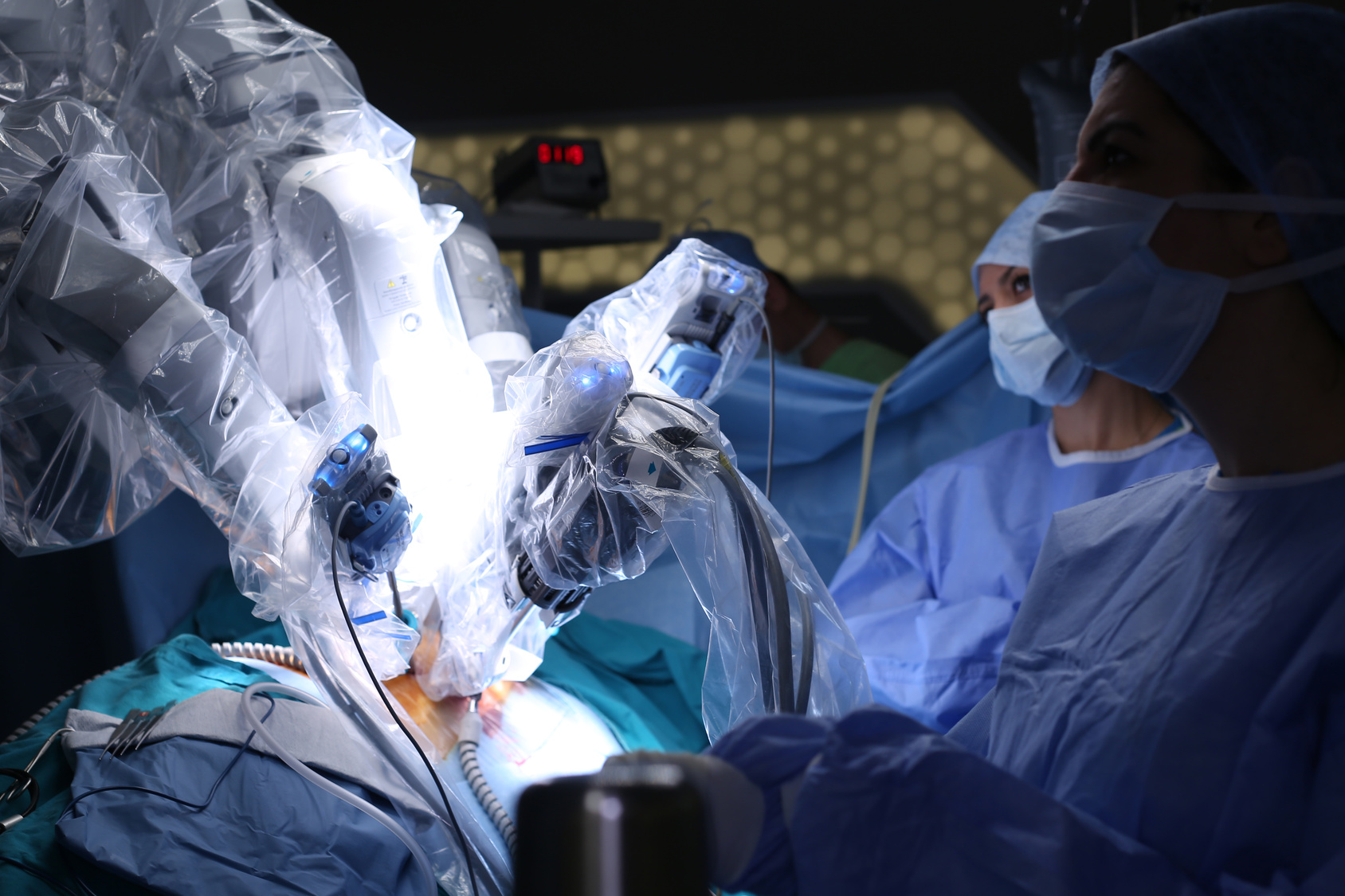Medical device and MedTech insights, news, tips and more
15 Keynotes on Spinal Surgical Robotics
March 27, 2017

Robotics is making its mark on the spine industry, promising high accuracy and low complication rates. Here are 15 keynotes on the expanding field of robotics in spine surgery.
1. The worldwide spinal surgical robotics market is currently valued at $26 million, likely growing to $2.77 billion by 2022, according to a ResearchMoz analysis. The report estimates when spinal robots achieve 35 percent penetration in a country, spinal surgeons will demand hospitals offer spinal surgical robot capabilities.
2. Robotics is intended to boost accuracy and reduce complication rates, according to a ResearchMoz analysis. With the technology, surgeons can pre-plan procedures and achieve reproducible outcomes.
3. A study presented at the Society of Minimally Invasive Spine Surgery Annual Forum 2016 compared the surgical outcomes for 403 robotic-guided spine surgeries with 224 fluoroscopic-guided procedures and 78 freehand procedures.
The complication rates for the techniques were:
- Robotic guidance: 4 percent
- Fluoroscopic guidance: 5.4 percent
- Freehand: 12.8 percent
“This retrospective analysis demonstrated that use of robotic guidance MIS can significantly reduce surgical complications and revision surgeries when compared to fluoro-guided MIS in the hands of experienced MIS surgeons,” concluded the study authors.
4. In a study published in the European Spine Journal in March 2011, researchers analyzed 35 patients undergoing percutaneous procedures; 20 undergoing open robotic-guided surgery; and 57 undergoing surgery with open conventional pedicle screw placement. The study revealed robotic-guided pedicle screw implantation yielded a 95.4 percent accuracy rate compared to 91.4 percent accuracy in conventional screw placement.
5. The European Spine Journal study also found an average X-ray exposure per screw of 34 seconds for robotic-guided surgeries compared to 77 seconds for conventional surgeries.
6. Medtronic placed a purchase order for 15 Mazor Robotics’ Mazor X systems in August 2016, as part of it $20 million investment in the company. The Mazor X technology expands on the company’s robotic guidance technology to include analytical tools, multiple-source data, precision guidance, optical tracking, intra-op verification and connectivity technologies. Mazor ended the fourth quarter of 2016 with a backlog of 21 systems, including 18 Mazor X systems.
7. Warsaw, Ind.-based Zimmer-Biomet acquired Montpellier, France-based Medtech in October 2016. Medtech’s original product, ROSA Brain, offers surgeons robotic guidance and preplanning with brain surgery. Based on a preoperative plan, the robot drives the arm along planned trajectories, allowing the surgeon to implement the planned intervention. The company’s minimally invasive ROSA Spine, which the FDA cleared in January 2016, involves a similar platform to the brain robot, but is able to adjust for patient movement during surgery.
Read More – Source: 15 things to know about robotic spine surgery
Written by Megan Wood

